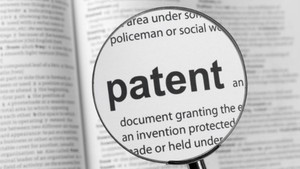As reported by Ms Nayantara Som in BioSpectrumIndia of 13 January 2010, biosimilars are said to be the next big cash cow for India. However, players have many knots to untangle before they can have a firm grip over the economics of the market.
Ms Som writes there has not been much activity from private equity and venture capitalists in India. In terms of private investment, Intas Biopharma and Bharat Biotech are the two big names known where private equity (PE) funding of both companies put together come up to almost US$30 million. “There are not many deals happening in the PE and VC [venture capital] space. This is because of the huge risk involved in biosimilars. A huge chunk of investment today comes from promoters. However, I gradually see an interest picking up for this space”, mentions a well-known PE investor who is keeping a close tab in this space.
Investors believe that a good alternative for Indian companies would be to enter into licensing agreements and alliances for biosimilars, especially when it comes to the regulated markets. This, they believe, can attract some PE/VC investment.
After erythropoietin (EPO), insulin, granulocyte colony-stimulating factor (G-CSF) and interferons, investors are now bullish about the monoclonal antibodies (MAbs) space. With the patent expiry of products like Herceptin (trastuzumab), Humira (adalimumab) and Rituxan (rituximab), MAbs are in the pipeline for many Indian players. Currently, MAbs generate global revenues of around about US$20 billion and represent the fastest-growing segment within the pharmaceutical industry.
There are apprehensions of India facing tough competition from China. Experts are divided in their opinion as to which country has the upper hand. China at present has a number of small players operating in the space. Dragon Pharma alone has 20 G-CSF products in the pipeline. “China has the edge over us in terms of manufacturing and expertise, and hence they might eat up a major share of the global biosimilar market,” said Dr Arumugam Muruganandam, Senior Scientific Manager, R&D at Biocon. However, experts also believe that India has the edge over China because of a large number of ‘big players’ in India participating in the space, which is not yet seen in China.
The new turf for biopharmaceutical –both innovator and biosimilar– companies are ‘biobetters’, which are second-generation biopharmaceuticals showing improved performance and efficacy over the innovator product by a slight modification of the molecule. There can be two possibilities. The first being a biosimilar company that has a drug target in mind and has the proven clinical results, but then induces a slight change in the molecule design, which then brings out a product that is better than the innovator product. The second situation is when an existing molecule of an innovator product is modified to bring out a drug that does not exist in the market at all. Industry experts however opine that Indian players should take one step at a time and have to shift their focus on biosimilars. (see also Bionomics of biosimilars – EU and US markets not easy for India, Bionomics of biosimilars – Indian opportunities and Bionomics of biosimilars – India’s next big cash cow?)
Reference:
Nayantara Som. Bionomics of Biosimilars. BioSpectrumIndia. 2010 January 13.








 0
0










